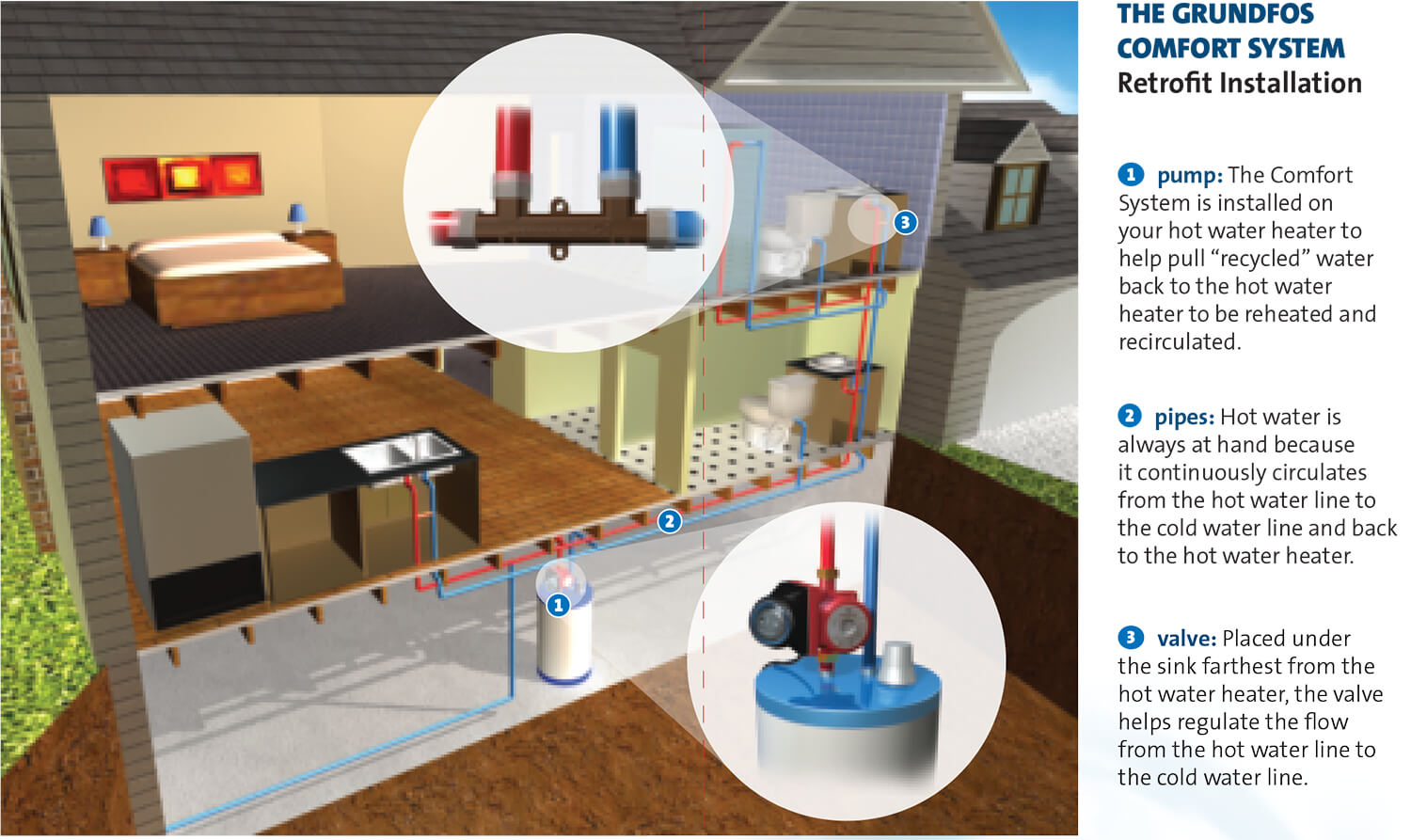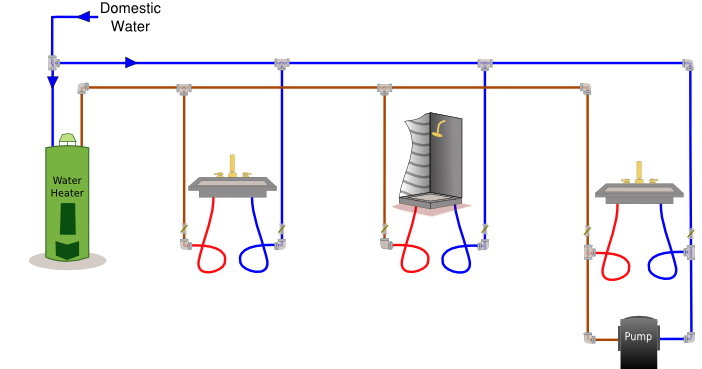The Only Guide for Teal Systems


Getting into Hot Water: A Practical Guide to Hot-Water Heating Systems - NC State Extension Publications
9 Simple Techniques For Indirect Solar Hot Water System - Valentine Eastern Sierra
The system should be created so that the fuel will burn as completely as possible. Keep Checking Back Here must allow as much of the heat created as possible to get in the water. The system needs to permit as little heat as possible to leave unused. The Firebox The most vital part of any hot-water system is the firebox or combustion chamber.

Solar Water Heaters - Department of Energy
The most typical issue with home-built hot-water systems is a badly created firebox. Unfortunately this is also among the most challenging issues to correct without redesign and reconstructing the firebox. To appreciate the need for a correctly designed firebox, it is needed to understand how wood burns. Combustion (burning) is a process in which oxygen integrates chemically with the fuel, launching heat.

As soon as begun, however, the response can be self-reliant. Many people understand that fuel and oxygen are required for burning to happen. Many do not understand, however, that heat is likewise required. Lots of issues in hot-water heater can be traced to inadequate heat in the combustion chamber. The 2 main components of wood are cellulose and lignin.

Water to Water Domestic Hot Water Generation Systems
How The 5 Main Types of Water Heaters Explained in Detail can Save You Time, Stress, and Money.
As the temperature level of wood is raised, some of the volatile products discovered in the wood water, waxes, and oils begin to boil off. At about 540F, the heat will trigger the atomic bonds in a few of the wood molecules to break. When the heat breaks the bonds that hold together the atoms that make up lignin or cellulose, brand-new compounds are formed compounds not originally discovered in the wood.
These brand-new compounds may be gases such as hydrogen, carbon monoxide gas, carbon dioxide, and methane or they may be liquids and semisolids such as tars, pyrolitic acids, and creosote. These liquids, in the form of small droplets and semisolid particles, along with water vapor make up smoke. Smoke that goes out the stack (chimney) unburned is wasted fuel.
At temperature levels between 700 and 1,100 F (depending upon the proportions present) oxygen will unite with the gases and tars to produce heat. When this takes place, self-sufficient combustion happens. Eventually throughout the burning of a piece of wood, all the tars and gases will have been driven off.
